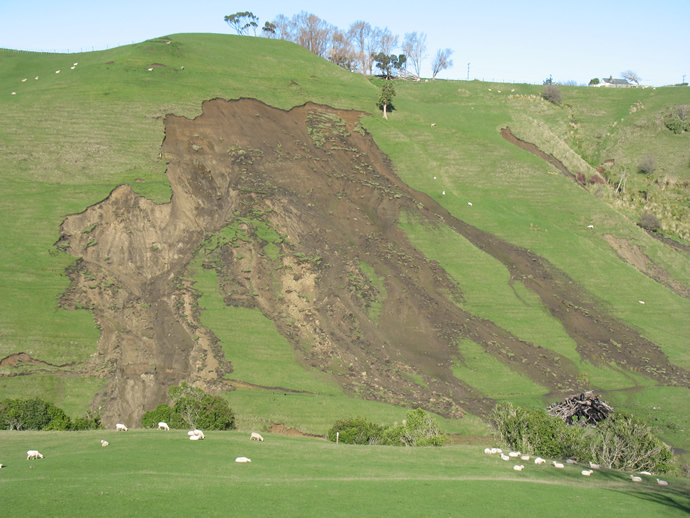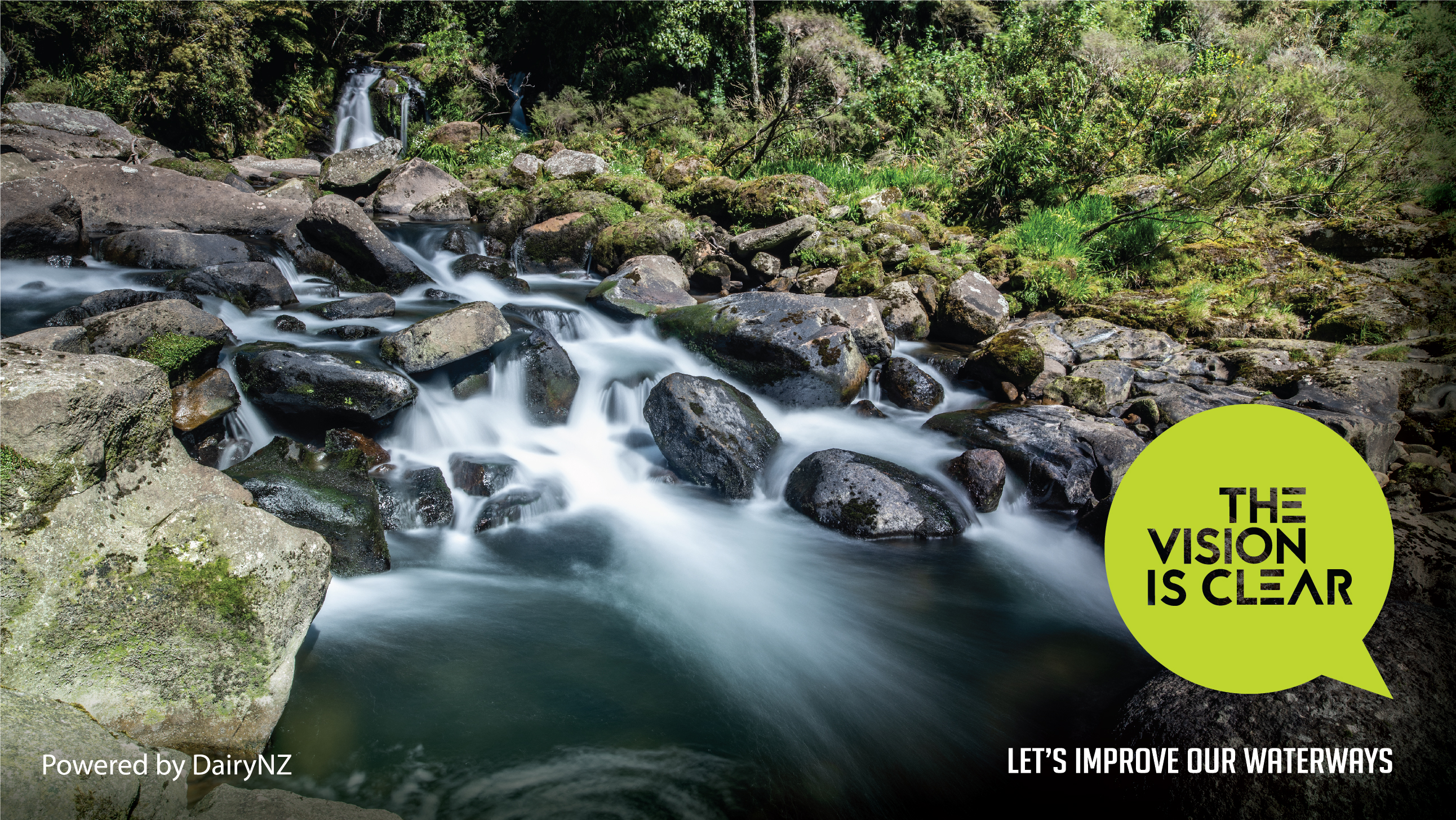Cleaning up zinc run-off from roofs
University stormwater research may help save aquatic life from fresh water toxicity.

Powered by DairyNZ
Powered by DairyNZ
A deceptively small and simple device designed by university engineers could have a massive impact on stormwater quality around New Zealand and further afield.
The Storminator, developed from research by University of Canterbury Civil and Natural Resources Engineering academics Professor Tom Cochrane, Dr Aisling (Ash) O’Sullivan and Dr Frances Charters, recently won a national stormwater innovation award at the 2019 Water New Zealand Stormwater Conference and has attracted attention here and overseas.
Fitted directly to existing downpipes, the Storminator is an in-line stormwater filtering device. It removes heavy metals such as zinc which have leached into rainwater from many metal roofs, stopping these contaminants from reaching streams and rivers.
Zinc is the most prominent of all heavy metal contaminants in urban rivers and streams. The three inventors are tackling the issue that waterways throughout New Zealand are increasingly degraded by stormwater, which occurs when rainfall falls onto impermeable surfaces such as roofs, roads and carparks. Stormwater run-off is the largest polluter of urban waterways globally.
“This stormwater runoff contains heavy metals, mainly zinc and copper, which are toxic to the urban rivers because they are frequently untreated,” Cochrane says.
Elevated levels of metals in freshwater can be toxic for freshwater organisms such as fish and invertebrates, killing stream life and reducing biodiversity and O’Sullivan says: “Storminator is the easiest and most efficient way to treat metals from large roof areas before the polluting stormwater enters a nearby river. Theoretically, this means more insects, koura and fish can survive and thrive in the nearby waterways.
“Humans are not immersed in this zinc-enriched water all the time – but aquatic organisms are.”
Around 93 per cent of commercial and industrial buildings and 80 per cent of New Zealand homes have galvanised metal roofs — made of sheets of metal coated in zinc to improve corrosion resistance.
When stormwater runs off these and other urban surfaces, it carries dissolved metals with it, which find their way into freshwater sources. While roads and carparks also are a source of heavy metals, the majority of zinc originates from roofs. (For more on this and other moves being made to improve water quality, click here).
In Christchurch, where field testing is being carried out at seven sites, it’s estimated that galvanised roofs contribute 65 per cent of stormwater zinc to river systems. Because the Storminator can be retro-fitted to a building’s existing stormwater system, old and polluting roofs do not necessarily need to be replaced, saving money and reducing disruption to businesses while creating a healthier environment.
Cochrane says the team wanted to find a simple, cost-effective method of stopping metals entering freshwater ecosystems by treating the water as soon as it comes off roofs after rainfall.
“We had to make sure we had something that was easy to install which was not going to be costly for businesses or building owners, and which provided a good solution to the problem of metals going into waterways,” he says.
The Storminator is designed to filter out more than 80 per cent of dissolved minerals before a property’s stormwater goes into the stormwater network. It is fitted to existing drainpipes and contains a filter which captures dissolved minerals and converts them to a solid, removing them from the water system.
As an environmental bonus, the filter units are made from a waste product which would otherwise go to landfill.
“It’s very unobtrusive, has a very small footprint, uses materials that would otherwise be part of the waste stream and deals with the issue of dissolved metals, which can be very difficult to remove. It’s a unique solution to the problem of getting these metals out of the environment,” Cochrane says.
Trials are being conducted on urban commercial buildings — from educational institutions to industrial properties — but the product could also be used on domestic stormwater systems and in rural settings.







